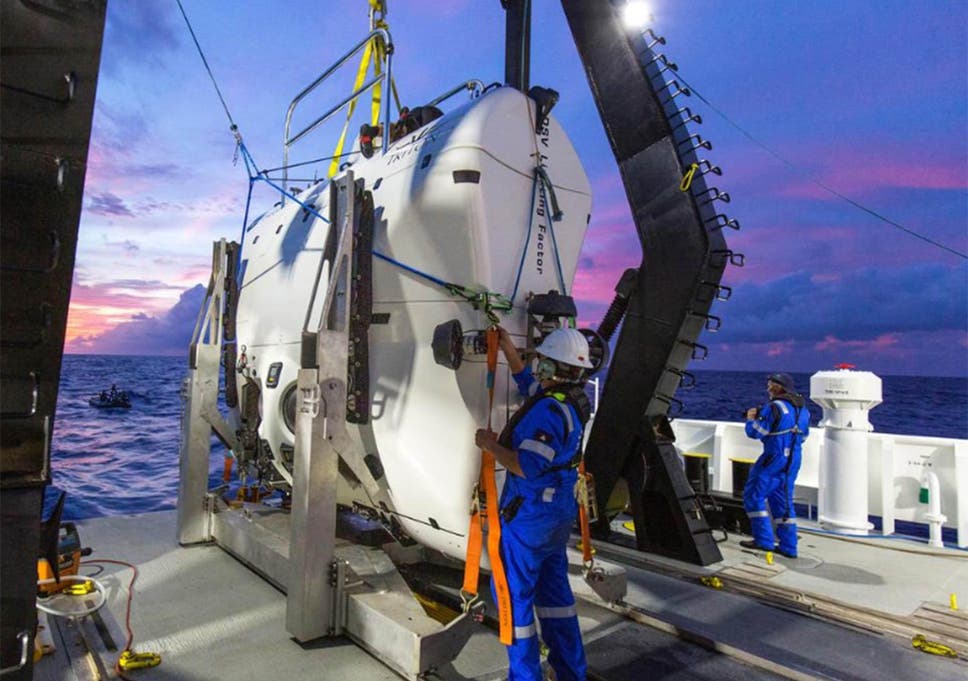
When Victor Vescovo’s submarine hit the floor of the Mariana Trench, it sent the sediment swirling.
“At bottom,” the Texas businessman-turned-extreme-explorer said into his headset. “Repeat: At bottom.”
In a control room some 35,853ft above, Vescovo’s dive team clapped and cheered. Congratulations were in order: they had just set a record. The American had descended deeper into the ocean than any person before him. An upturned Mount Everest would still be a mile from where his vessel was sitting.
Vescovo spent four hours down there, he tells The Washington Post. The crevice in the western Pacific Ocean is one of the most remote places on Earth, where the sun doesn’t shine and the pressure is crushing. He was literally charting new territory, mapping his route for future researchers, when he noticed something familiar among the otherworldly terrain. Rubbish.
Some sort of plastic waste. Initial reports indicated it was a bag, or maybe a candy wrapper. But those theories weren’t quite right, officials now say. Whether it was flotsam or jetsam is secondary. The find is, no matter what, the imprint of a species that has polluted the planet like none other. A people whose detritus precedes them.
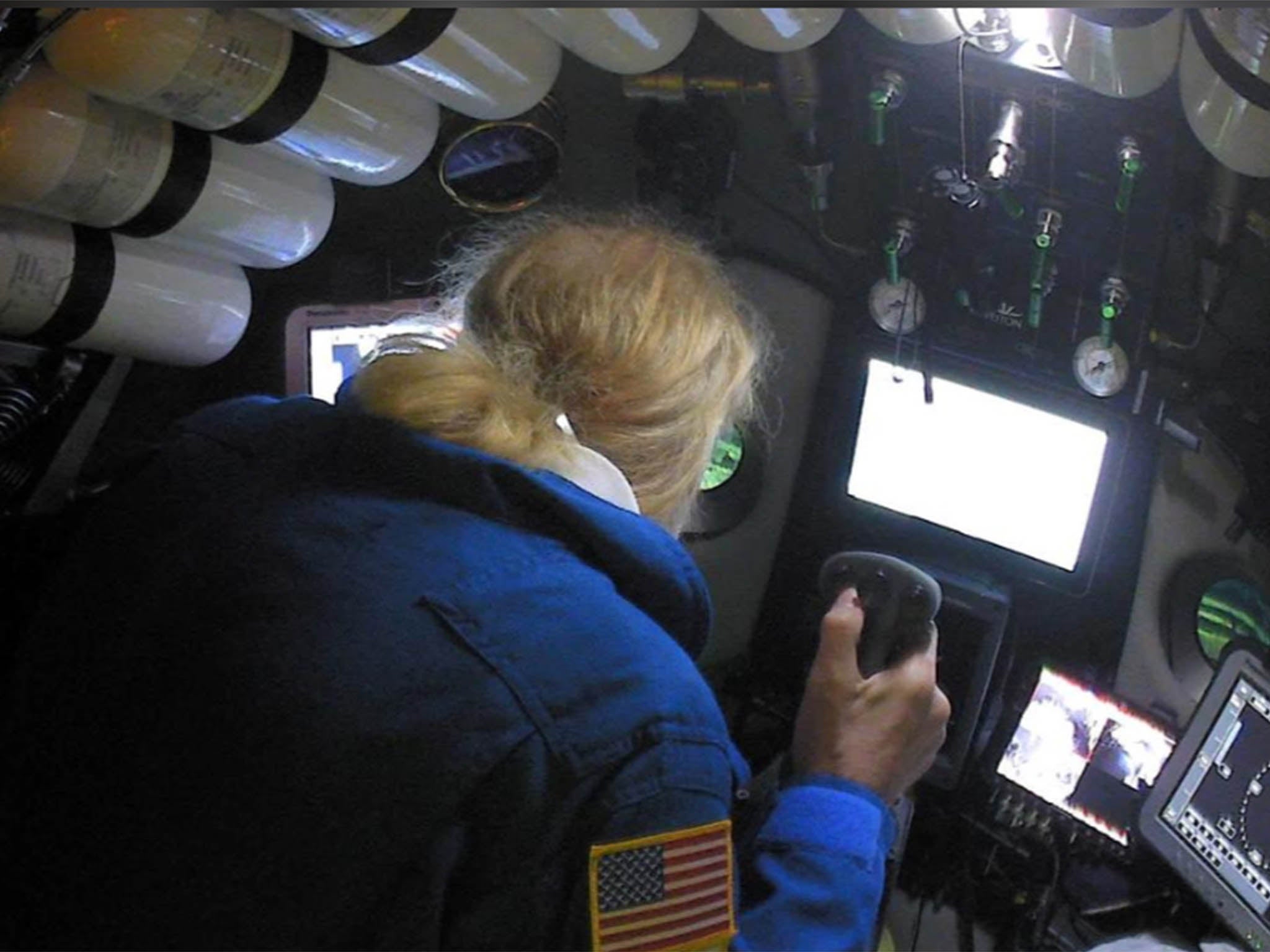
Vescovo spotted it from his titanium cocoon. He was looking out over the Challenger Deep, Earth’s deepest known point, in the trench’s hadal zone, a region of the ocean named after the underworld god of Greek mythology, Hades. What he saw was sublime and serene.
Translucent creatures undulated around his craft, Vescovo says. He was struck at how alive his surroundings were.
“There was definitely life at the very bottom of the ocean,” he says. “It was not dead by any means... I felt very excited, privileged to get to see it, but also very much at peace because it really is a quiet, peaceful, place.”
The expedition identified at least three new species of marine animals, its scientists say, including a kind of amphipod, a crustacean that resembles a shrimp. Yet, even as the team discovered new life, it could not escape signs of the man-made havoc that will likely kill off many more species faster than humans can discover them.
“I was disappointed to see human contamination in the deepest point in the ocean,” Vescovo says. “With over 7 billion people on the Earth, the oceans are going to be impacted negatively by mankind, but I hope we can at least minimise it in the future.”
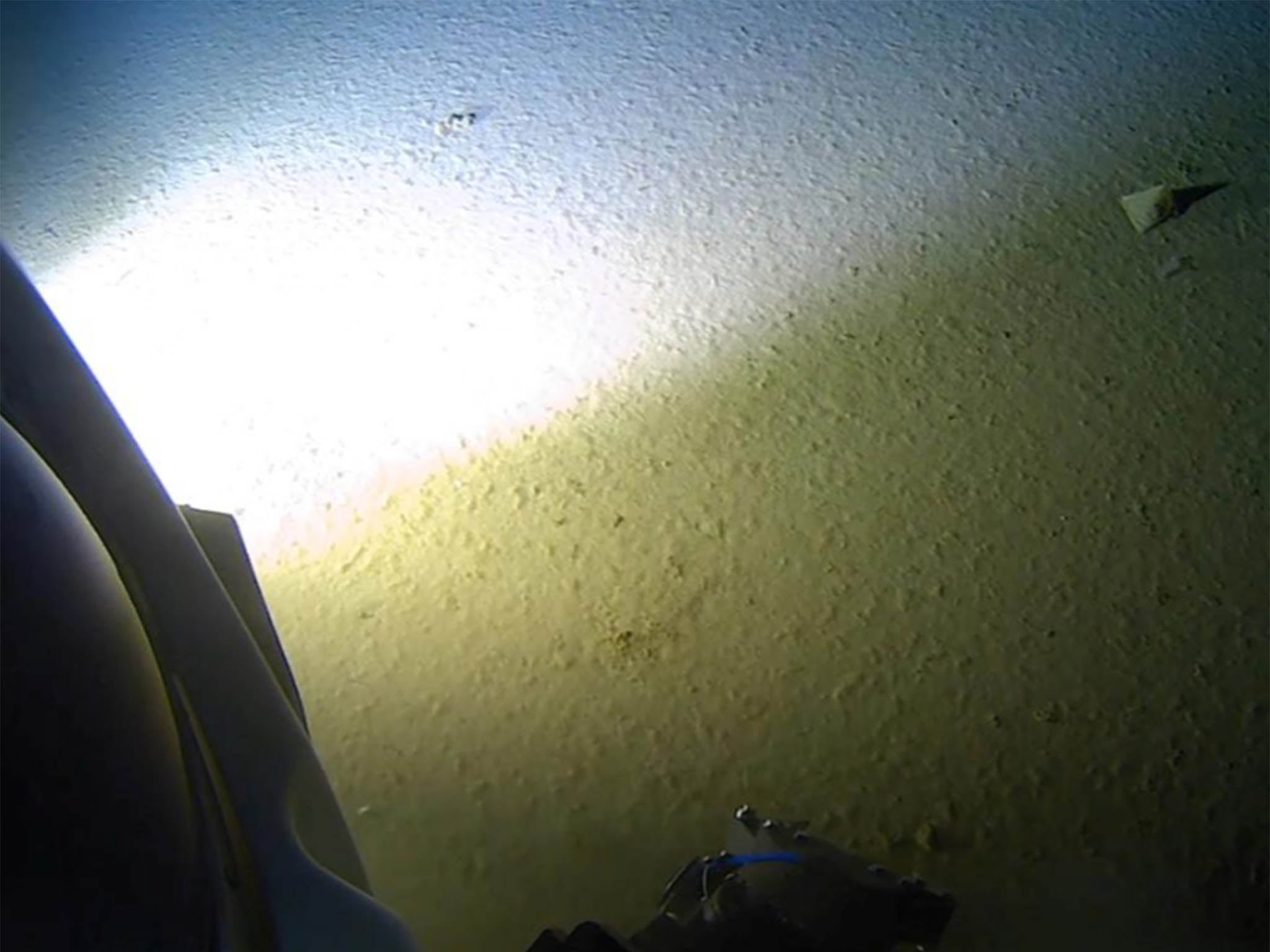
Reports of Vescovo’s findings prompted Chelsea Clinton, vice chair of the Clinton Foundation, which advocates for ocean cleanup projects, to pose a dire question on Twitter: “A sub dive 7 miles deep in the ocean at the Mariana Trench finds possible new species of shrimp and a plastic bag. How long will the former survive if there’s more of the latter?”
An alarming, landmark United Nations report released this month illustrated a version of Clinton’s point: as the population of humans has rapidly increased, the population of everything else has steadily declined.
“How long can the two trend lines continue to head in opposite directions?” asked the author Elizabeth Kolbert in an essay for the New Yorker. “This is the key question raised by the report, and it may turn out to be the key question of the century.”
The report summary warned: “Nature is declining globally at rates unprecedented in human history – and the rate of species extinctions is accelerating.”
The report’s nearly 150 authors found that human actions have “severely altered” 66 per cent of the world’s marine environments, threatening a third of all marine mammals with extinction.
The lone piece of waste Vescovo sighted isn’t going to single-handedly kill off an entire species. But its very presence is yet another reminder of humanity’s far-reaching impact. In a study published earlier this year, British researchers analysed amphipods – similar to the ones Vescovo identified – captured in six of the ocean’s deepest trenches, including Mariana. They found plastic particles in more than 70 per cent of the creatures they tested and in all of the amphipods from the Mariana Trench.
The study’s implications are striking: before we even discover some of these underwater species, they’re already all too familiar with one of man’s most prolific creations. Before they even enter the taxonomy, they have plastic coursing through them.
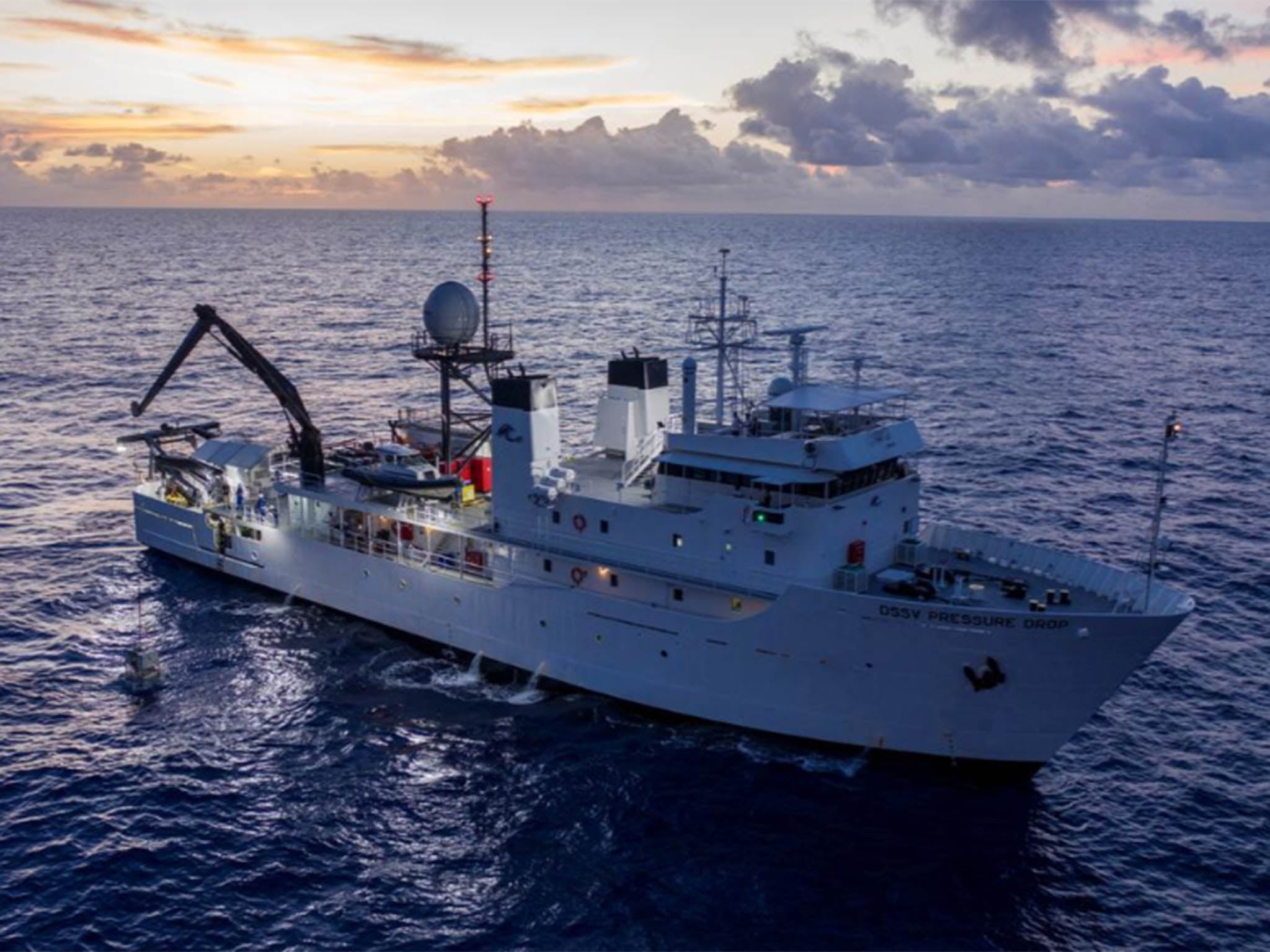
“We can now say with confidence that plastic is everywhere,” the study’s lead author Alan Jamieson told National Geographic.
The Deep-sea Debris Database, maintained by the Japan Agency for Marine-Earth Science and Technology, allows for an up-close examination of some of this trash, including a few pieces found on dives into the Mariana Trench. Vescovo’s find would be the deepest piece of debris in the database.
Vescovo’s expedition was the third time a team had dived to the bottom of Challenger Deep. Before him, the filmmaker James Cameron made the trek in 2012. US Navy Lt Don Walsh and Swiss scientist Jacques Piccard were the first to do it in 1960. But neither team dove as deep as Vescovo, who also became the first person to repeat the feat, over a week in late April and early May. The journeys were part of his Five Deeps Expedition, which is being filmed for the Discovery Channel.
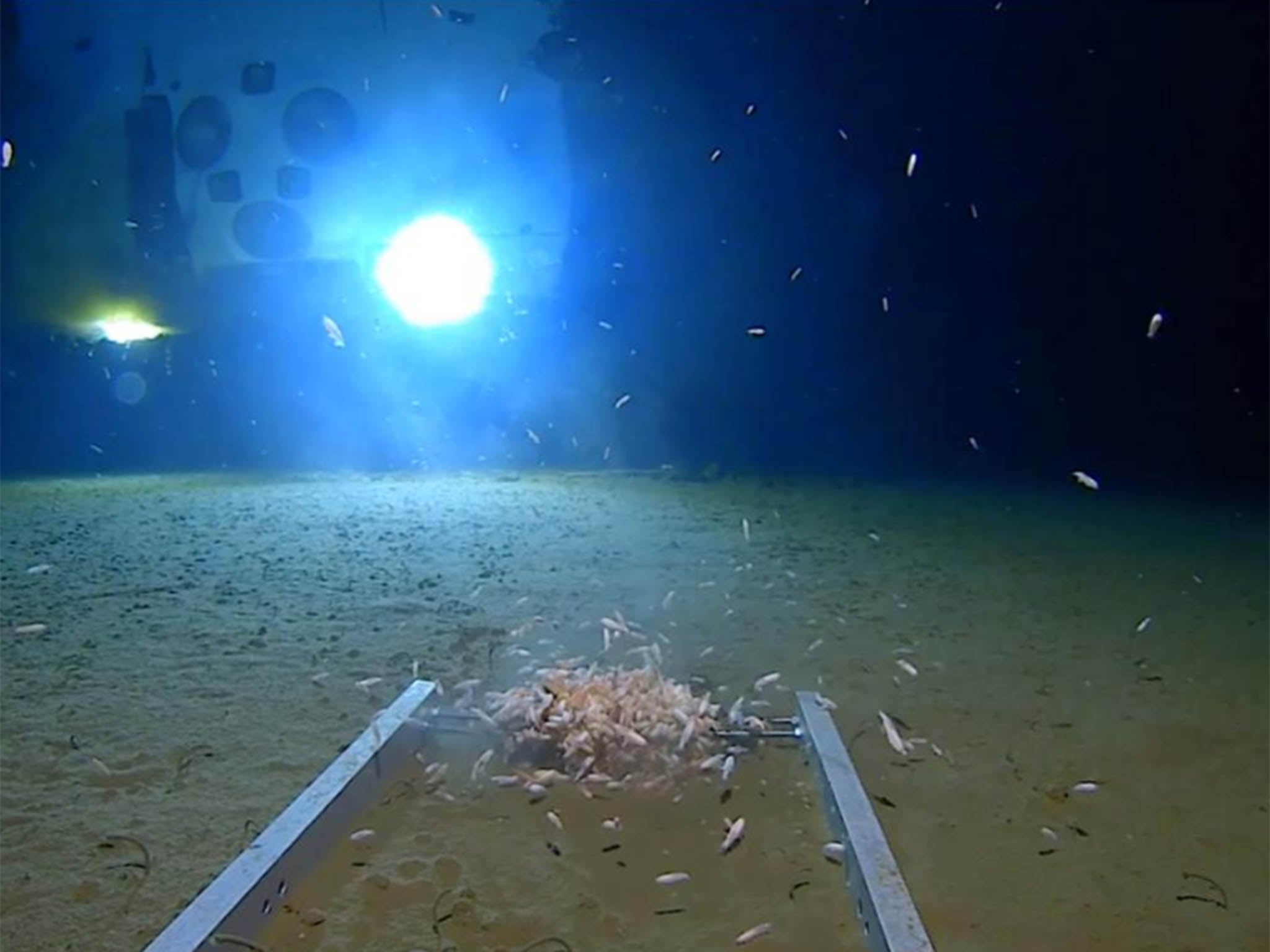
The submarine technology has improved so much, Vescovo said, that he sees this as the beginning of a golden age of underwater exploration. His vessel, made by a company called Triton, recently gained commercial certification, which means more could soon be made.
“Such a thing has never existed before,” Vescovo says. “We can make more of them, to really open up the 90 per cent of the ocean that has heretofore remained unexplored.”
If and when that happens, a legion of scientists and adventurers could follow Vescovo to depths never-before explored, destined to make countless crucial discoveries. But when those subs ascend back towards the waves, and the silt settles in their wake, they’ll leave behind the trash that beat them there, the unmistakable trace of humanity.
© Washington Post







